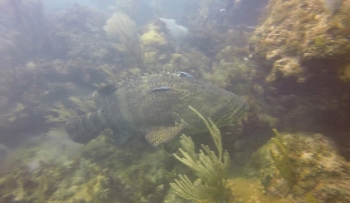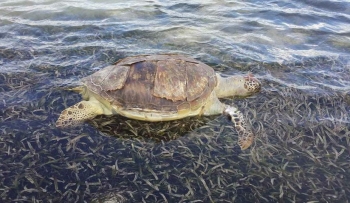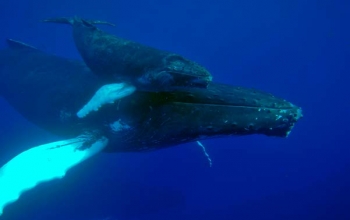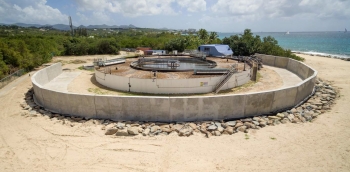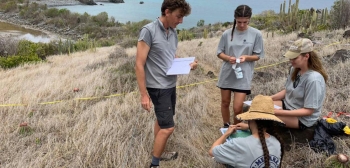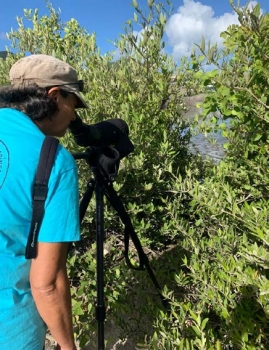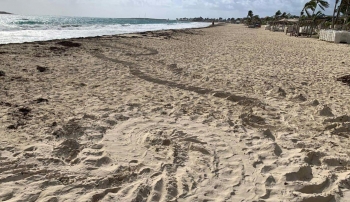Good News For The Life Biodiv’Om Project
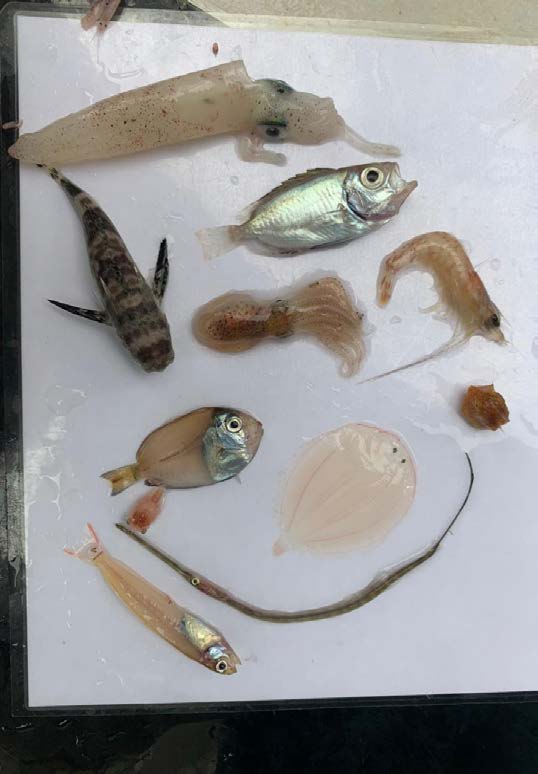 Halfway through its completion, after two and a half years of work, the Life Biodiv’Om project was submitted to an audit from Europe, led by an outside firm. This task has now been completed and encouraged the management association of La Réserve Naturelle de Saint-Martin to continue along this path. Aude Berger presented advancements made by the project via video conference with numerous photos and videos of nocturnal fishing, samples of post-larvae, and aquariums, not forgetting her meeting with a giant grouper on October 22, 2020.
Halfway through its completion, after two and a half years of work, the Life Biodiv’Om project was submitted to an audit from Europe, led by an outside firm. This task has now been completed and encouraged the management association of La Réserve Naturelle de Saint-Martin to continue along this path. Aude Berger presented advancements made by the project via video conference with numerous photos and videos of nocturnal fishing, samples of post-larvae, and aquariums, not forgetting her meeting with a giant grouper on October 22, 2020.
Life Biodiv’Om: More Night Fishing
In early 2021 the Life Biodiv’Om project went on with the relaunch of nocturnal fishing, during the period of the new moon in the months of February, March, April, and May, and taking samples of post-larvae, at the moment they colonize shallow coastal waters. Bad weather conditions prohibited night excursions at sea, making it impossible to place the luminous traps meant to attract the alevins. The results of this exploratory fishing are considered satisfying, even if the grouper was the only species to be identified. The next night fishing excursions are planned for August, September, and October 2021.

